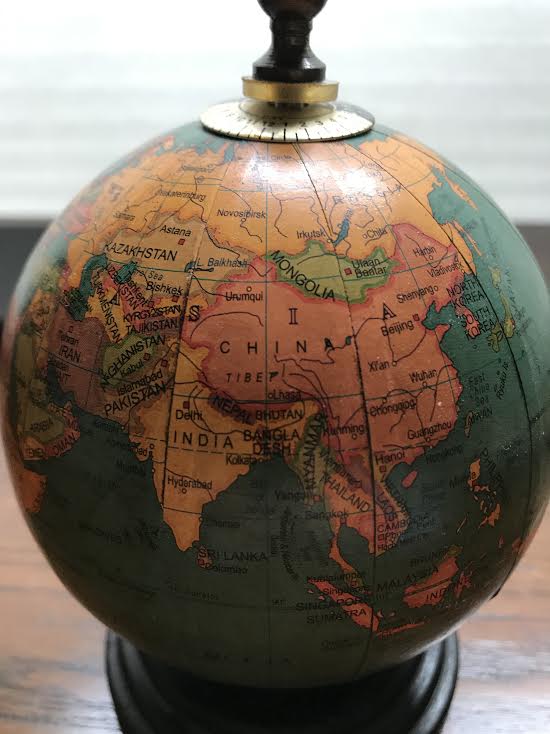Do you wonder how the people of the world came to look the way we do? My theory is that we all looked the same when the first humans started migrating from Africa. I can understand the reasons for the varied pigments of our skin, eyes, and hair, but why do Koreans have the smallest eyes and the Japanese shortest legs? I read this somewhere by the way, but what purpose do these attributes serve?
Back to Korea: One group of early humans continued to migrate from Africa to East Siberia then toward the Korean peninsula. Along the way, they got friendly with the Neanderthals for a time and mixed with another group of people. About half a million years ago, they arrived on the Korean peninsula during the early phase of the Stone Age. In 2333 BC, Korea was founded under the leadership of Dangun. The legend goes that he was the grandson of heaven and the son of a bear. His mother was said to be a tiger. It is likely that he was an offspring of a leader of a bear tribe and she an esteemed daughter of a tiger tribe.
Throughout its 4,300-year-old history, Korea has been repeatedly attacked by the ruling dynasties of China, the Mongols, and Japan. During the Japanese occupation (between 1910 and 1945), there were many independence movement leaders. Rhee Syngman and Kim Ilsung were the two most notable leaders. After Japan surrendered, Korea was divided along the 38th parallel line. Kim Ilsung founded North Korea backed by the communist USSR (now Russia) and Rhee Syngman became the first president of South Korea backed by the U.S. Before the Korean War, North Korea was wealthier than South Korea, but it was decimated by the allied forces during the war. Now South Korea is the 10th largest economy in the world and the 4th in Asia in 2021. My novel, Sonju, depicts Korea’s struggle to become economic power in the world we see today.

